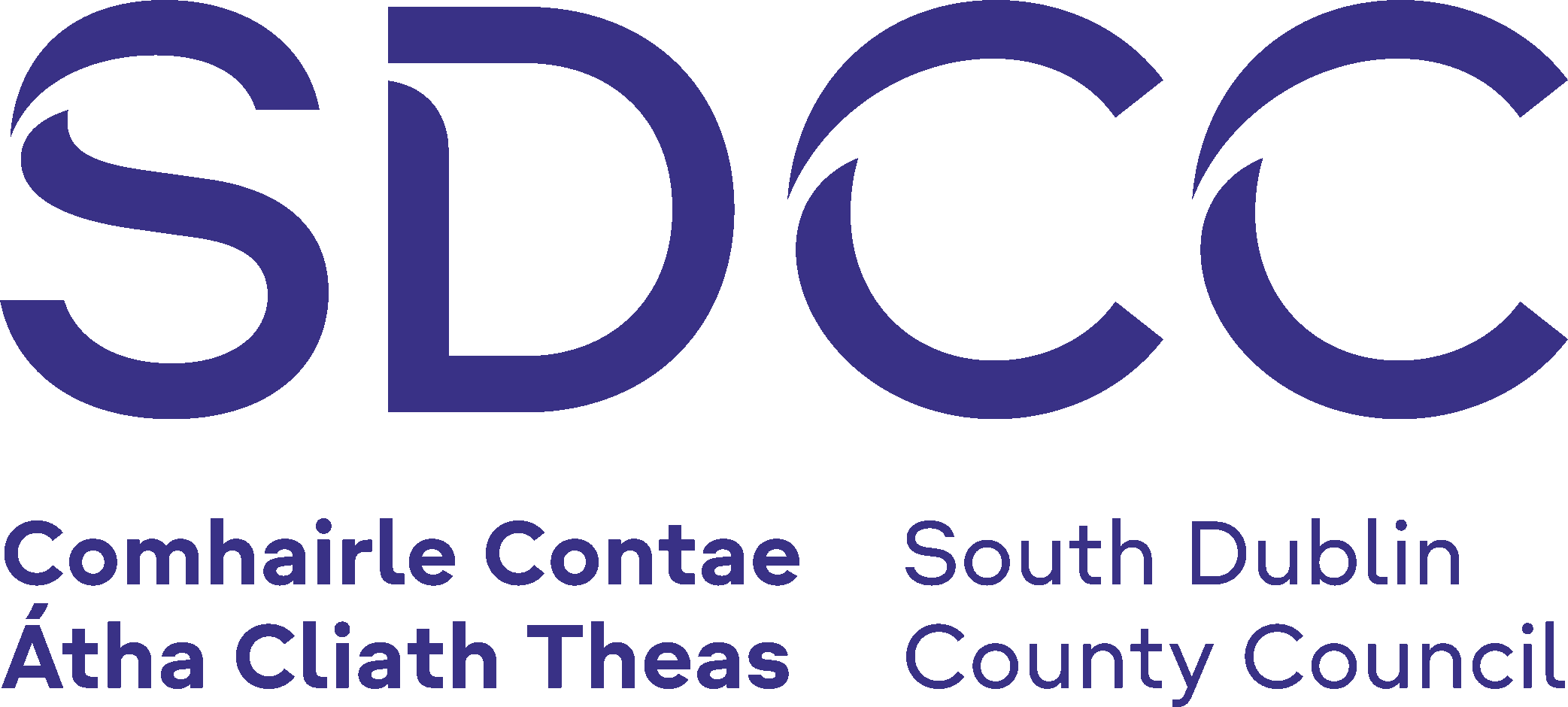Horse riding:
There may be times when it is necessary to ride on roads and it is important that this is made as safe as possible for the sake of rider, horse and car drivers. Riders should be aware of the Rules of the Road and avoid main or busy roads if possible. The rider should always remain in control of the horse keeping rein contact. Horses are unpredictable and riding with a loose rein can all to easily lead to an accident if the horse is startled.
Road Position
Riders should ride on the left hand side of the road near the kerb, never riding more than two abreast. Riding two abreast is particularly recommended if riding a young or inexperienced horse, with the more experienced horse being nearest to the centre of the road. However, when traffic approaches it may be necessary to ride single file with the experienced horse taking the lead. There should always be a gap of a horse's length between each horse being ridden behind another.
Riders should not ride on footpaths but can ride on grass verges if these are available unless local bye-laws state that this is forbidden. Riders should not canter on grass verges.
Hazards
Always look behind regularly to be aware of traffic behind and continually look and listen for hazards which may alarm the horse. Unnecessary hazards should be avoided, taking a detour if possible so as not to alarm the horse.
Turning and Junctions
Riders should always keep to the left of the road even when approaching a junction and intending to turn right. Before turning or approaching a junction always check for traffic and signal to indicate your intention. When signaling your intention to turn left or right, ensure that your whip is in the hand that remains on the reins and hold your other arm out horizontally for 3 seconds so that surrounding traffic are able to clearly see the signal. Always watch and listen for traffic and be prepared to stop at a junction before turning if necessary.
Additional Signals
Additional signals may sometimes be required, particularly if the rider is experiencing a problem with a horse. Holding out the right arm and slowly waving it up and down indicates to an approaching driver to slow down, whilst holding the arm out with fingers pointing up showing the palm of the hand to the car driver indicates that the rider requires the driver to stop.
Passing Hazards
If approaching a hazard such as a parked car which requires the horse to be moved towards the centre of the road in order to pass always check ahead and behind for approaching traffic preparing to stop and wait if necessary before passing. Always signal your intention to move towards the centre of the road to pass the hazard to car drivers.
If approaching a noisy or dangerous hazard always reassure your horse and if your horse seems reluctant to pass the hazard get another horse to lead. If necessary avoid the hazard by taking a detour.
Safety Wear
Riders should always wear a hard hat conforming to the current standards. It may also be advisable to wear a body protector, and a fluorescent tabard particularly if riding a young or inexperienced horse.
Road Safety Test
The British Horse Society (BHS) Ireland operates a Riding and Road Safety Test and many Riding Schools carry out training days in Riding and Road Safety.

Horse Rider and Road Safety
